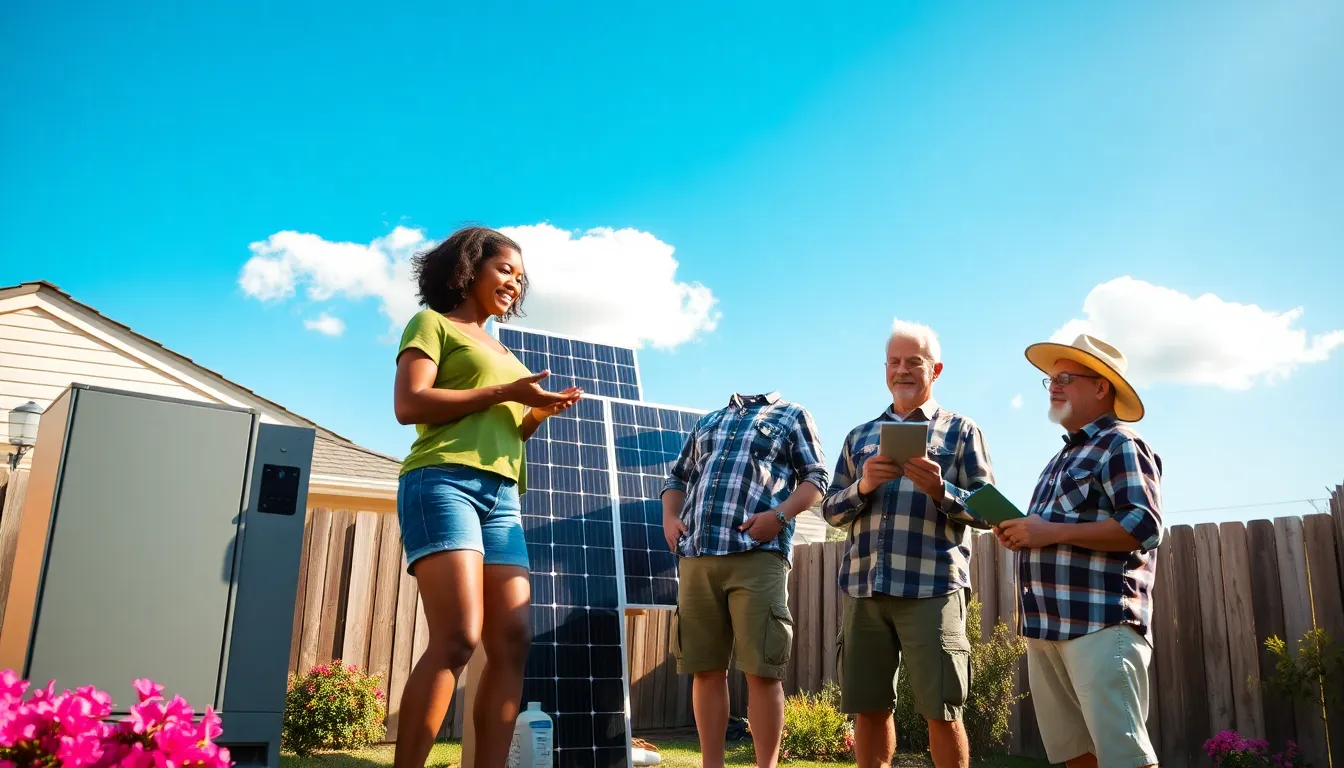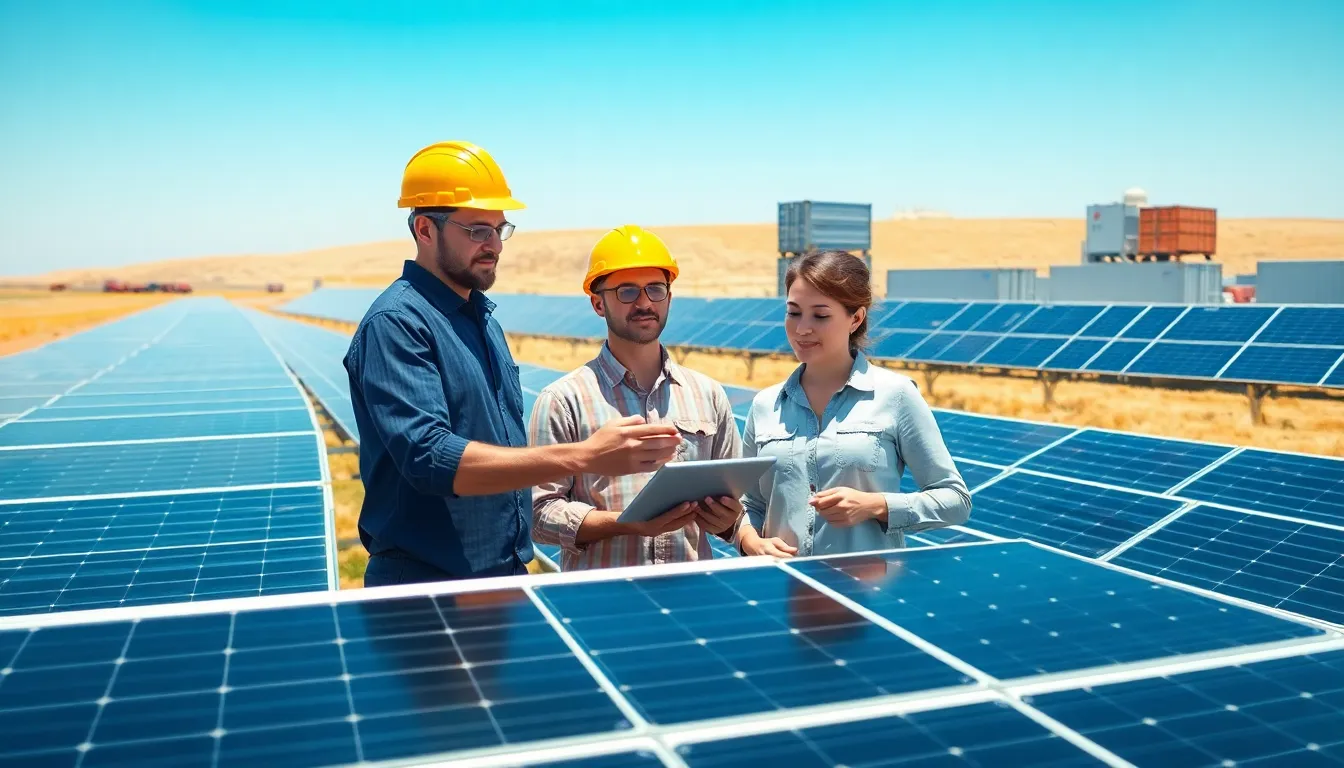Table of Contents
ToggleIn a world increasingly dependent on various energy sources, understanding the nuances of power retention has become crucial. Power retention refers to an energy system’s ability to store and maintain energy over time, ensuring that it can be accessed when needed. This article aims to explore the concept of power retention, its significance, factors influencing it, and strategic innovations designed to enhance it, providing a comprehensive overview for those interested in energy management and sustainability.
Understanding Power Retention

What Is Power Retention?
Power retention can be defined as the capacity of an energy system, whether it be batteries, solar power setups, or other forms of energy storage, to hold and provide energy when required. In simpler terms, it’s about how well energy can be stored and retrieved in a usable form.
The Importance of Power Retention
Power retention is a critical aspect of modern energy management. As renewable energy sources like solar and wind become more prevalent, the need for efficient storage solutions grows. For instance, during peak production times, these energy sources can generate more electricity than is consumed. Power retention technologies allow this excess energy to be stored for use during lower production times, ensuring a steady supply and promoting energy sustainability.
Factors Affecting Power Retention
Energy Sources and Their Retention Capabilities
The type of energy source directly impacts its retention capabilities. Traditional fossil fuels, for example, store energy in a dense, easily transportable form. In contrast, renewable sources like solar and wind rely on batteries or other storage systems to retain energy for later use, which can impact efficiency based on the technology employed.
Technological Innovations in Power Retention
Recent innovations have significantly influenced how power retention is approached. The development of advanced battery technologies, such as lithium-ion and solid-state batteries, has allowed for longer storage durations and faster retrieval times. Also, systems like pumped hydro storage and thermal energy storage are emerging as viable options for large-scale energy retention.
Environmental Impact on Power Retention
Challenges in Achieving Optimal Power Retention
Achieving optimal power retention is not without its challenges. Environmental factors, such as temperature and humidity, can affect storage capacity and efficiency. For example, batteries may degrade faster in higher temperatures, leading to reduced performance. Besides, the production and disposal of energy storage technologies can have environmental consequences, raising concerns about sustainability.
Strategies to Enhance Power Retention
Long-Term Solutions for Improved Power Retention
To improve power retention over the long term, several strategies can be implemented. Investing in research and development of new materials can lead to better battery technologies. Also, integrating energy management systems that optimize storage based on consumption patterns can enhance efficiency. Also, policies supporting renewable energy sources and technological innovations can further bolster efforts to improve power retention.
Conclusion
Power retention is essential for a sustainable energy future. As dependence on renewable energy increases, recognizing its importance and understanding the various factors that influence it will be crucial. By embracing technological innovations and implementing long-term strategies, society can enhance power retention, ensuring a more reliable and sustainable energy supply.








